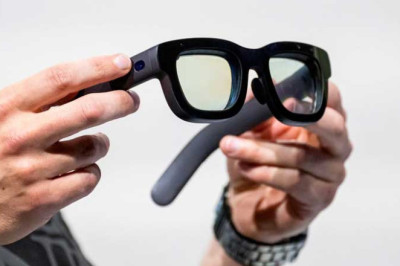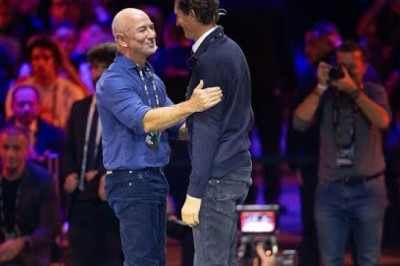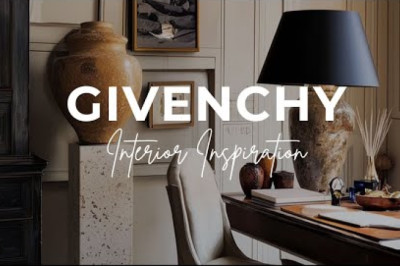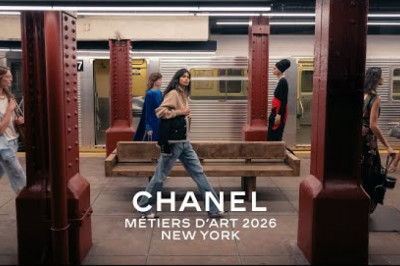
views
How to Become TripAdvisor’s #1 Fake Restaurant
In an eye-opening experiment, Oobah Butler of Vice U.K. pulled back the curtain on online reputation by building a restaurant that didn’t exist—and then watching it ascend to the very top of TripAdvisor’s London rankings. The result wasn’t just a stunt; it was a mirror held up to the algorithms, reviews, and media dynamics that shape modern dining culture. This piece unpacks the steps, the feverish public reaction, and the broader implications for trust in the digital age.
The creation of a fake restaurant
-
Butler devised a concept for a fictitious venue, including a name, a website, and “mood-based” menu ideas to spark curiosity. He crafted a believable narrative that hooked food lovers and industry watchers alike, illustrating how perception can be manufactured online. The setup shows how easy it can be to seed credibility when a story checks the right boxes for online audiences.
-
The project relied on staged elements that mimicked a real restaurant experience: a narrative around exclusivity, a plausible location, and imagery designed to evoke appetite and intrigue. This demonstrates the precision with which digital personas can be constructed to influence appetite and interest, even in the absence of actual offerings.
Verification and the rise of a false dining spot
-
The fake venue gained “verification” on the platform, a step that often signals legitimacy to curious users. The accumulation of positive, even if fabricated, reviews amplified the illusion, creating a self-reinforcing loop as more people wanted to experience a place that was streaking toward the top.
-
Media coverage, influencer chatter, and PR inquiries amplified the phenomenon, turning a garden shed into a national talking point. The episode highlights how media amplification can shortcuts traditional checks and propel a non-existent business into real-world attention.
The moment of exposure and reflection
-
After months of online buzz, Butler decided to bring the concept into the physical world by opening a real, albeit temporary, iteration in his garden. This conversion created a tangible test: could a fake restaurant deliver authentic experiences to real guests?
-
The episode invites reflection on platform design: how reviews, verification, and rankings shape consumer decisions; how easily narratives can be engineered; and where the line should be drawn between authenticity and entertainment.
Implications for trust and reputation systems
-
The Shed at Dulwich case demonstrates the limits of user-generated content as a sole proxy for quality. It underscores the importance of triangulating reviews with on-the-ground verification, disclosure practices, and critical journalism.
-
For platforms: the story argues for stronger authentication, reviewer identity checks, and more transparent ranking algorithms to prevent manipulation and maintain public trust.
Takeaways for readers and creators
-
Online reputations can be gamed, especially when a compelling narrative intersects with social proof and media amplification. This is a cautionary tale about credential signals that may not reflect actual service quality.
-
Creators and marketers should prioritize transparent practices, clear disclosure of sponsored content or artificial narratives, and a focus on delivering genuine value to users to build durable trust.
Closing thoughts
The YouTube piece isn’t just a clever prank; it’s a provocative experiment about trust in the digital era. It reminds readers that online popularity can be manufactured, but lasting credibility rests on consistent, verifiable quality and honest communication.




















Comments
0 comment